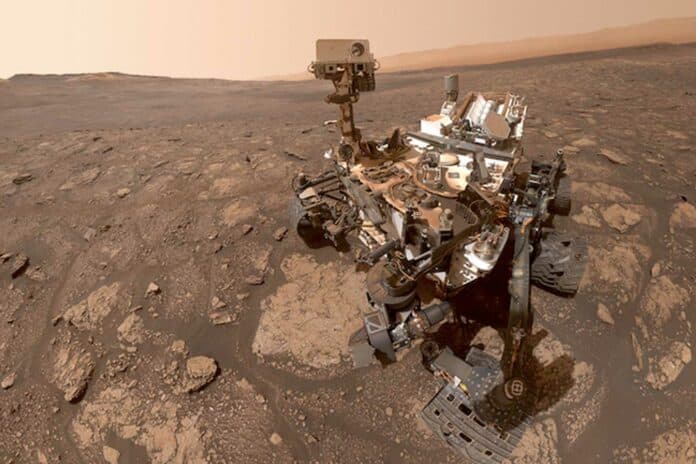To unravel the origins of methane on Mars, the Curiosity team at NASA emphasizes the importance of understanding variations in methane levels. One significant challenge in achieving this goal is determining the optimal time during a Martian day (sol) for Curiosity to conduct atmospheric sampling experiments. Selecting the right time for these experiments is crucial for obtaining accurate and meaningful data about the presence and fluctuations of methane on Mars.
Recent research suggests that fluctuations in atmospheric pressure, leading to the upward movement of gases from underground, could be a mechanism responsible for releasing subsurface methane into the atmosphere of Mars. Understanding the timing and locations associated with these fluctuations becomes crucial for the Curiosity rover in its quest to search for signs of life.
The research team utilized high-performance computing clusters to simulate the movement of methane through networks of underground fractures and its subsequent release into the Martian atmosphere. They also modeled methane adsorption onto the pores of rocks, considering the temperature-dependent nature of this process, which may contribute to fluctuations in methane levels.
The simulations indicated methane pulses from the ground surface into the atmosphere just before the Martian sunrise during the planet’s northern summer season, aligning with previous rover data that suggested seasonal and daily variations in methane levels. This valuable information plays a crucial role in guiding the ongoing sampling campaign of the Curiosity rover, enhancing its ability to detect and analyze methane on Mars.
John Ortiz, a graduate student at Los Alamos National Laboratory who led the research team, said, “Our work suggests several key time windows for Curiosity to collect data. We think these offer the best chance of constraining the timing of methane fluctuations and, (hopefully) down the line, bringing us closer to understanding where it comes from on Mars.”
Journal Reference:
- Sub-diurnal methane variations on Mars driven by barometric pumping and planetary boundary layer evolution.” Journal of Geophysical Research: Planets. DOI: 10.1029/2023JE008043
